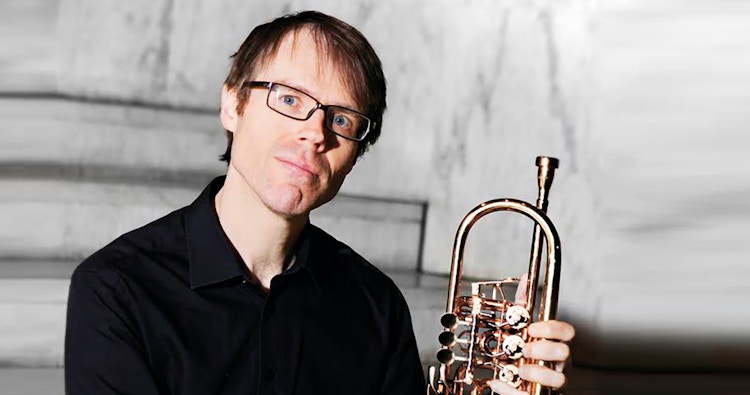Schubert Haydn Mendelssohn
Schubert, Haydn and Mendelssohn

Schubert, Haydn and Mendelssohn
Let Arvid Engegård and the Oslo Philharmonic give you an extra boost of vitamins with some of the most energy-packed works in classical music.
Mendelssohn’s Symphony No. 4 “Italian”, brims with joie de vivre, in which the sunny theme of the strings shines away from the very first note, soaring over the bubbling accompaniment of the woodwinds. The same feeling of joy can be found in Haydn’s wonderful Trumpet Concerto, here played by our very own Principal Trumpet player, Brynjar Kolbergsrud. Feelings of elation are also evoked by Schubert’s fifth symphony, which beams with an irresistable “Mozartian” radiance.
Although Joseph Haydn (1732−1809) and Franz Schubert (1797−1827) are described as belonging to two different centuries and separate historical ages, the path is often surprisingly short between the former’s late Classicism and the latter’s early Romanticism. Haydn composed his Trumpet Concerto only twenty years before Schubert’s Symphony No. 5, and the two works share much of the same character. Haydn wrote his most famous solo concerto in his enthusiasm over the new trumpet Anton Weidinger had introduced in 1790, which allowed one to play all the chromatic tones in the scale and not just the row of overtones as in earlier. This astonished audiences when Weidinger first performed the concerto in Vienna in 1800, and has continued to delight listeners for more than two centuries.
“O Mozart! Immortal Mozart! What innumerable impressions of a lighter and better life you have imprinted on our souls!” wrote Franz Schubert enthusiastically in his diary a few months before he composed Symphony No. 5, in 1816. The symphony is written for a classical orchestra of the same size and instrumentation as that of many of Mozart’s symphonies, and is reminiscent of that composer in its melodies, harmonies, form and expression. Schubert might not have been a wunderkind of Mozart’s calibre, but he was still a teenager when he composed this magnificent symphony. And although it exudes the same classical clarity as Mozart’s, or even Haydn’s, for that matter, there is also a “Schubertian” chromatism in the melodies and a Romantic unpredictability in its expression.
A couple of decades later, composers were even more wrapped up in Romantic ideas. Felix Mendelssohn (1809−1847) had undertaken a tour of Europe from 1829 to 1831 and wrote animatedly home: “This is Italy! And now it has started, what I believe to be the greatest pleasure in life. And I love it. Today was so rich in experiences that now, in the evening, I must collect myself a little, and therefore I write to thank you, dear parents, for giving me all this happiness”. Inspired by Italy, Mendelssohn wrote his luminous, life-affirming, and wonderfully optimistic Symphony No. 4.
After the vibrant first movement, the second movement has a solemn calm. The movement was inspired by a pilgrims’ march the composer witnessed in Italy, and one can almost hear the group wandering solemnly through the land. In the third movement, the pilgrims’ dignified footsteps are replaced with the light skipping of dancing feet and graceful gestures before the finale fires off a new salute with the same flair as that of the first movement, but this time the strings retreat in to the background, making way for the woodwinds to sparkle in the foreground.
Symphony No. 4 had its world premiere in London in 1833 with the composer himself conducting. Since then it has remained one of Mendelssohn’s most popular and most often performed works.
(In photo: Brynjar Kolbergsrud, Photo: Daniel W. Kjellesvik; Text: Thomas Erma Møller; Translation from Norwegian: Sarah Osa)
What is played
- Franz Schubert Symphony No. 5
- Joseph Haydn Trumpet Concerto
- Felix Mendelssohn Symphony No. 4 "Italian"
Duration
Performers
-
Arvid Engegård
Conductor -
Brynjar Kolbergsrud
Trumpet
Tickets
Prices
| Price groups | Price |
|---|---|
| Adult | 100 - 470 NOK |
| Senior | 100 - 375 NOK |
| Student | 100 - 235 NOK |
| Child | 100 NOK |
Schubert Haydn Mendelssohn